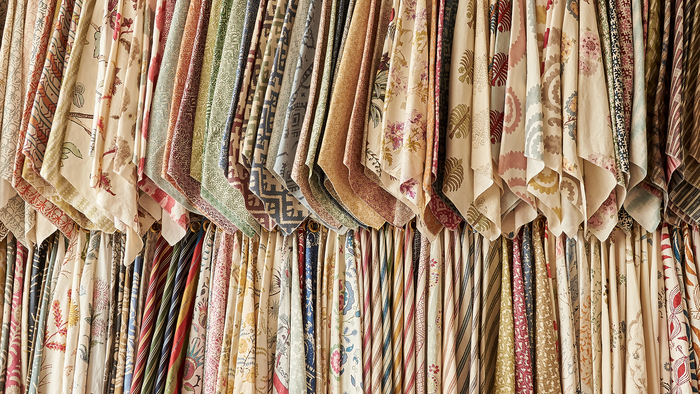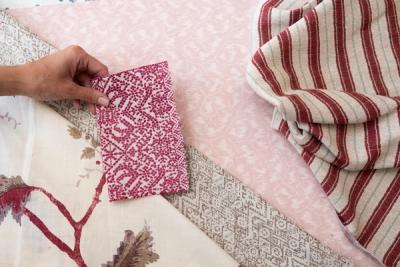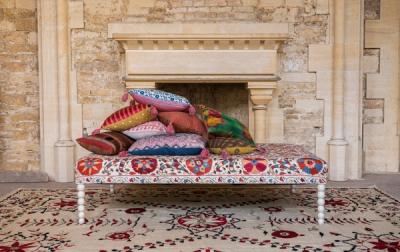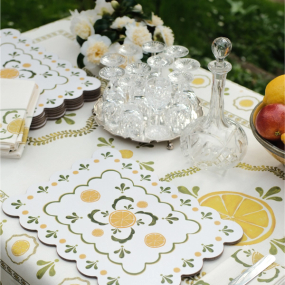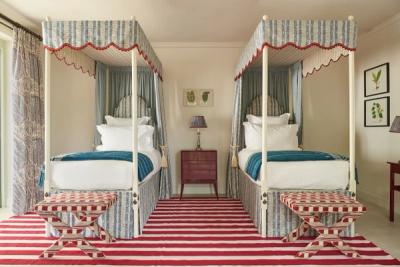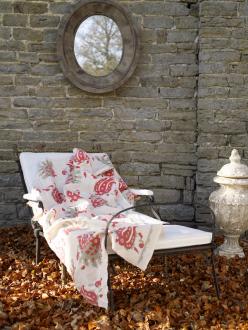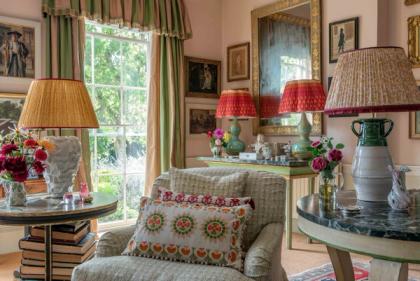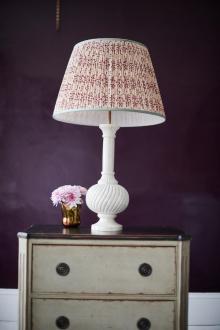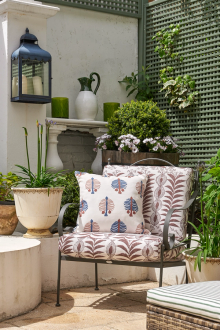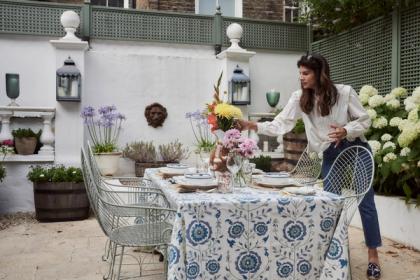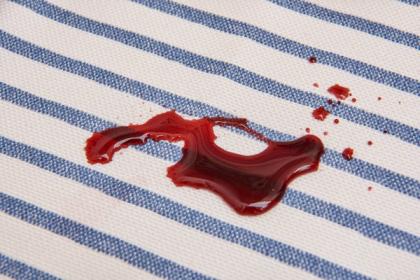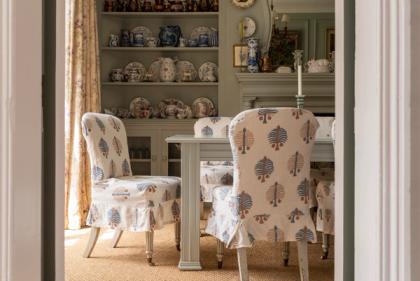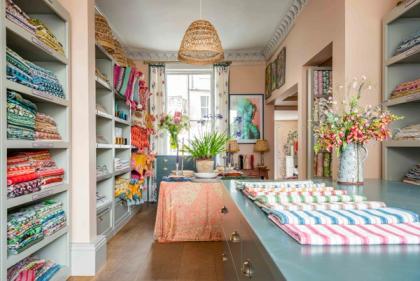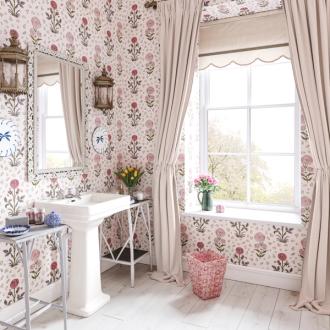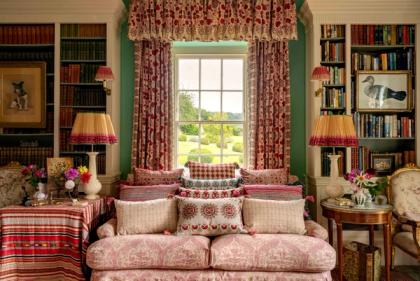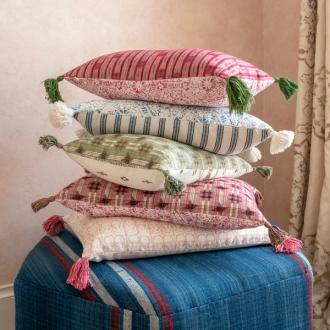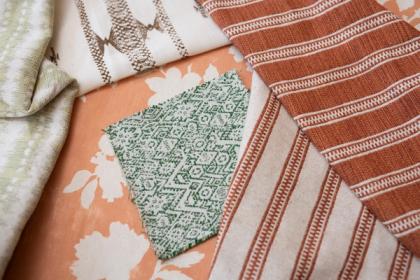The Penny Morrison Guide to Ordering Fabric For Your Curtains
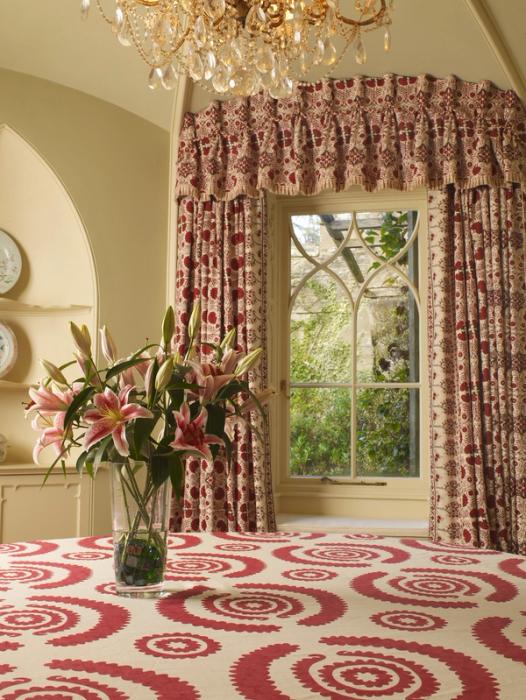
The Penny Morrison Guide to Ordering Fabric For Your Curtains
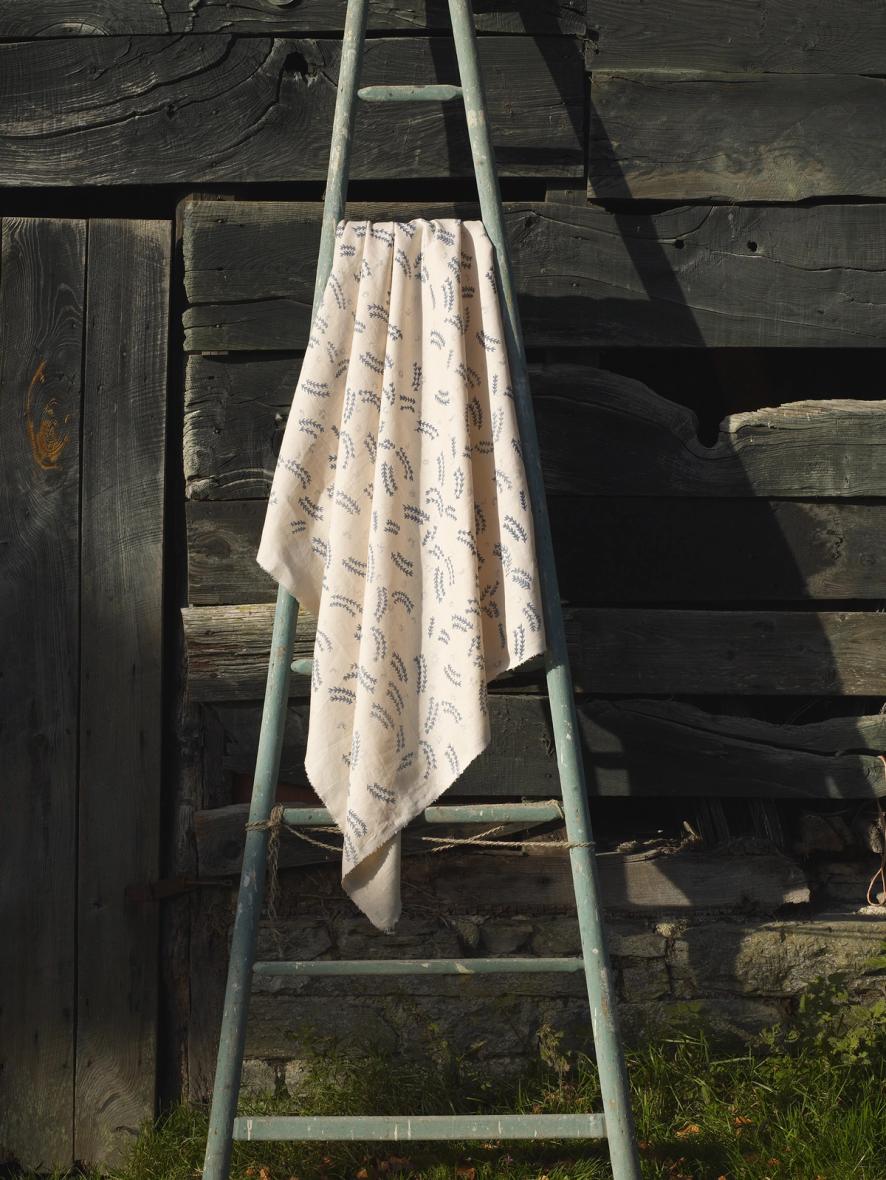
Who doesn’t love a change of curtains? While having a new pair whipped up may not be the first thing that comes to mind when you realise you’re ready for a change in home décor, it’s actually one of the more significant changes you can make short of repainting, re-wallpapering, or reflooring the room.
Curtains are often big features – or they could be, with the right fabric choice. Plainer curtains can easily recede into the rest of the wall, but a bold, statement pattern or print will do the opposite. And, in doing so, they will naturally draw the eye to the window itself – that view you paid so much for – which is a very powerful thing in interior design.
It’s perfectly easy to find readymade curtains from plenty of different sources, but there really is nothing like choosing the fabric yourself – giving yourself that complete freedom of choice – and having a pair made specially to fit around your window. Each window is different, and a beautiful view will always be deserving of a beautiful frame.
So, with that in mind, here is everything you need to know about ordering the fabric for your curtains.
Choosing the Right Fabric
Curtains can be sewn from virtually any type of fabric, from the something barely-there and gauzy to the heftiest and bulkiest textile out there. We almost always lean toward natural textiles like linen or, for something a little weightier and harder-wearing, one of our cotton weaves. These fabrics drape beautifully. Lighter linens give you that distinctively ‘crinkled’ drape perfect for the more laid-back rooms of the house, while our weaves are purposefully designed to offer a plush and luxurious drape.
Print and colour are down to the eye of the beholder. We’ve put together a guide to choosing curtain fabrics if you’re feeling lost. Alternatively, consider starting off by browsing our complete collection of fabrics to see what grabs your attention.
If you’re sewing the curtains for yourself, rather than sending the fabric to a curtain maker, remember to spare some thought for your choice of thread, too. For natural fabrics like linen, we would always recommend cotton thread. It’s a little stronger than polyester thread – something you’ll be grateful for over the years.
Curtain Types
If you bought your last pair of curtains readymade, then you’ll no doubt know that there are a number of different types of curtains, with some of the most popular being the eyelet, the box pleat, and the rod pocket. These days, the majority of interior designers tend to steer away from eyelet curtains, since they’re most commonly associated with readymade or mass-produced curtains.
By contrast, the pencil pleat curtain is attached to the rod via a set of rings and, as the name suggests, features a number of attractive, regular pleats that make the most of the fabric’s drape. The visible metalware brings a nice contrast, while the pleats themselves just help to bring a sense of luxury to the room.
The rod pocket is a good alternative if you want to conceal your curtain rod, rather than having that metalwork on show. It’s relatively simple – all you have to do is sew a ‘pocket’ into the top of the curtain big enough for the curtain rod to be pushed through. The drapery header is then pleated, so that the curtain can be pulled across. This finish is what makes rod pocket curtains look a little more ‘finished’ than eyelet curtains.
Other options include the pinch pleat, which is a very structured, regular type of pleat that appears as though someone has carefully ‘pinched’ it into place, and the tailored pleat – also neat and regular, with the pleat ending closer to the top of the curtain than it does with a pinch pleat.
For a more minimalistic look, the box pleat is a great choice. These pleats are fewer and farther between, and pressed flat to create a more angular impression in the fabric. They look best paired with a plain or geometric fabric, or with a versatile strip, since the pleats are very straight and regular.
Finally, if you’re looking for something more relaxed, the tab curtain is a good choice. Instead of pleats or rail pockets, the curtains are held up by tabs of fabric, and pleats are naturally created when the curtains are drawn back from the window and ‘bunched’ together.
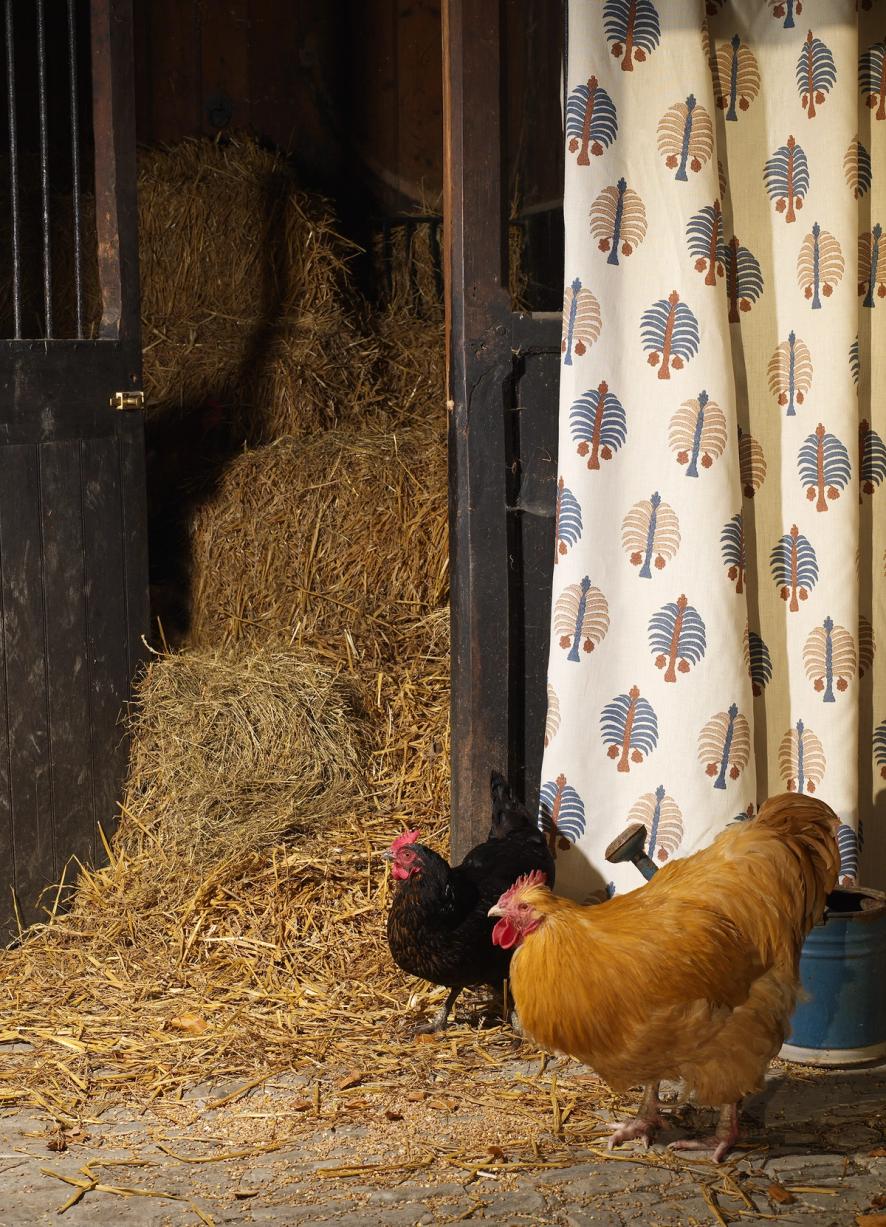
The Drop
For any curtains, ‘the drop’ refers to their overall length. Curtains can, of course, be any length, but there are four ‘standard’ lengths that interior designers and curtain makers tend to focus on.
Measuring for Your Fabric
The best time to measure is after you’ve mounted your curtain rod/tracks – and, of course, before you buy your fabric. Remember that the best way to ‘open up’ a window is to mount your rod well above the top of the window frame – a good 15cm above the window, and with enough width that, once your curtains are pulled back, they don’t encroach on the window’s edges. Aim for the rod to be 40cm wider than the window (in total).
Measure the curtain rail instead of the window and multiply that measurement by at least 2.25. When your curtains are drawn, they won’t be stretched taut – those pleats require additional width from your fabric. Fuller curtains tend to look best, so increase from 2.25 if you want your curtains to be more heavily pleated.
Next, you need to divide that number by the width of the fabric (and round up to the nearest whole number). Fabrics are sold in a variety of widths – for instance, our Blue is 140cm wide – so it’s vital you check beforehand.
Let’s say that your curtain rail is 200cm wide. You would need (200 x 2.25) ÷ 140, which is 3.2 – rounded up to 4. This is the number of widths required to make your curtains.
For the drop, measure from the base of your curtain rings or rod to the point of your desired length, and add a healthy seam allowance – say, 20cm. It’s better to have slightly too much to trim off (you can use that excess to create curtain ties) than to end up with curtains that are unstylishly short.
Finally, multiply the drop measurement by the number of widths to get your final measurement.
Remember to account for any extras, such as cornices and valances. Alternatively, if you want to tie-in your choice of curtain fabric with the rest of the rooms décor, order a little extra fabric to be sewn into accent cushions or, for the dining room, a few extra table linens.
We love the feeling of walking into a room that has just been transformed with a new pair of curtains. If you want a readymade excuse to enjoy that feeling regularly, then you might want to look into our guide to choosing seasonal curtains – and, essentially, ringing in those quarterly changes with a new look.
Until then, enjoy the process and make the most of the opportunity to browse fabrics to your heart’s content.
